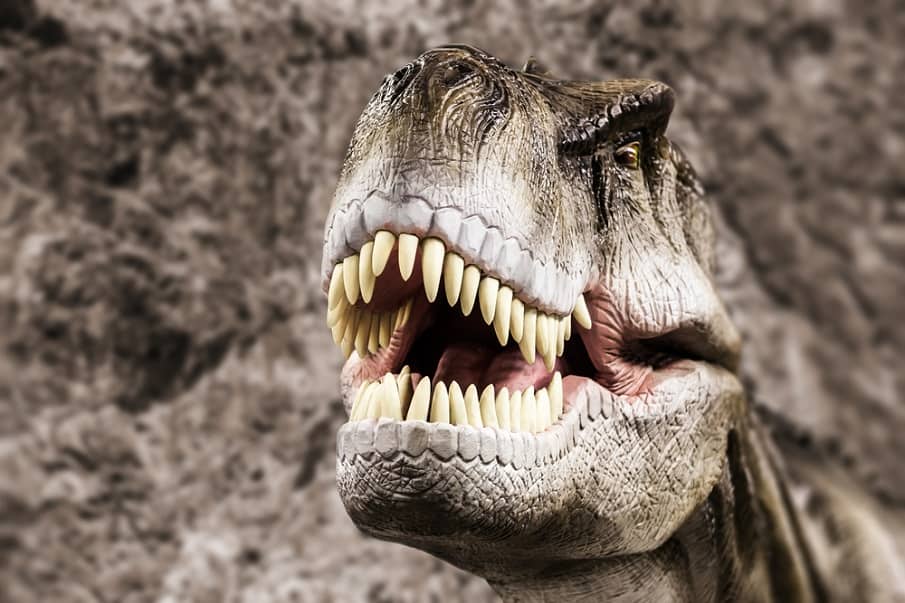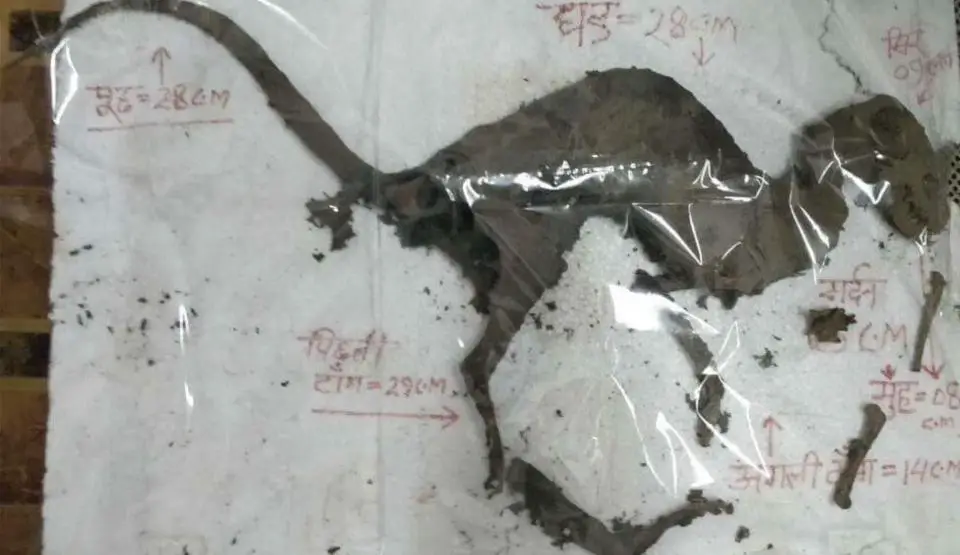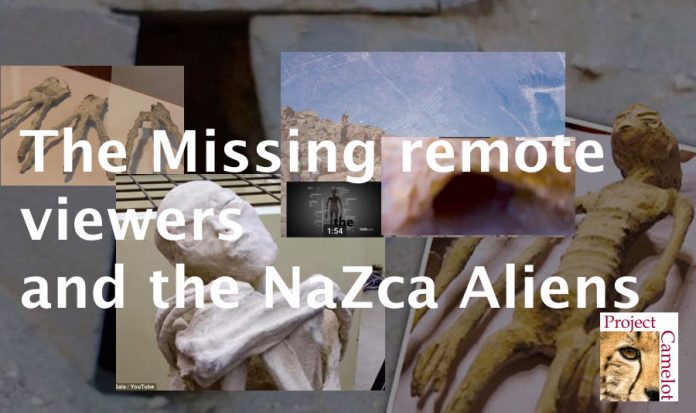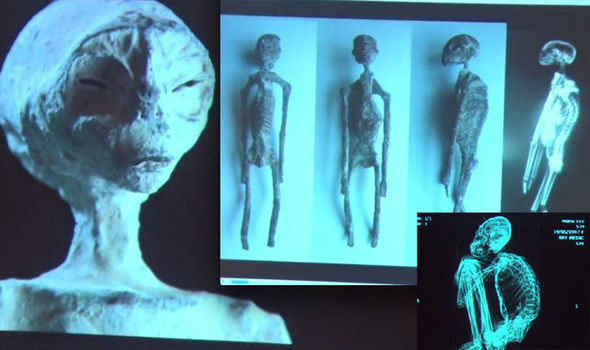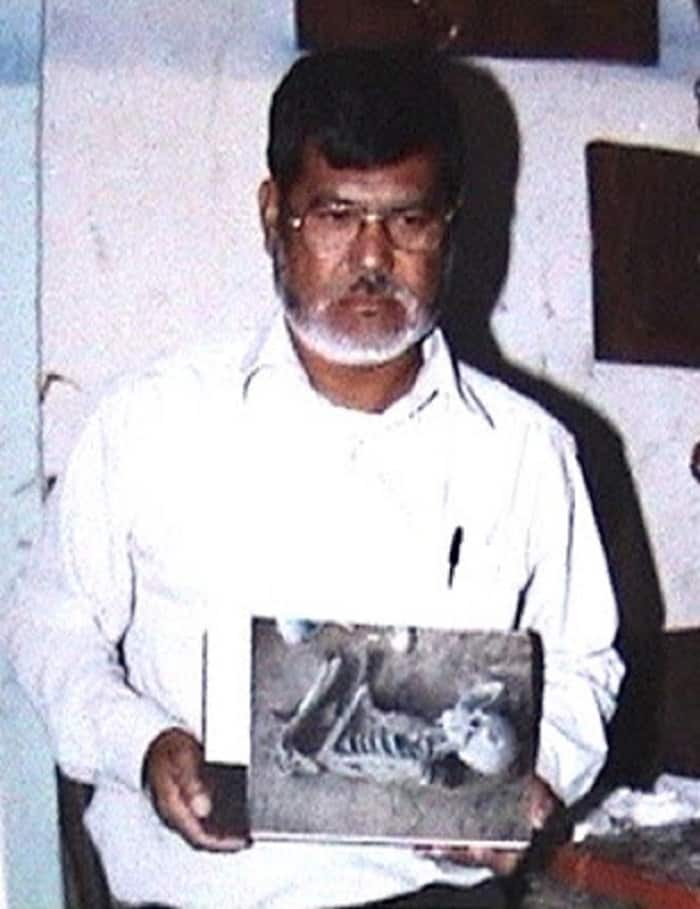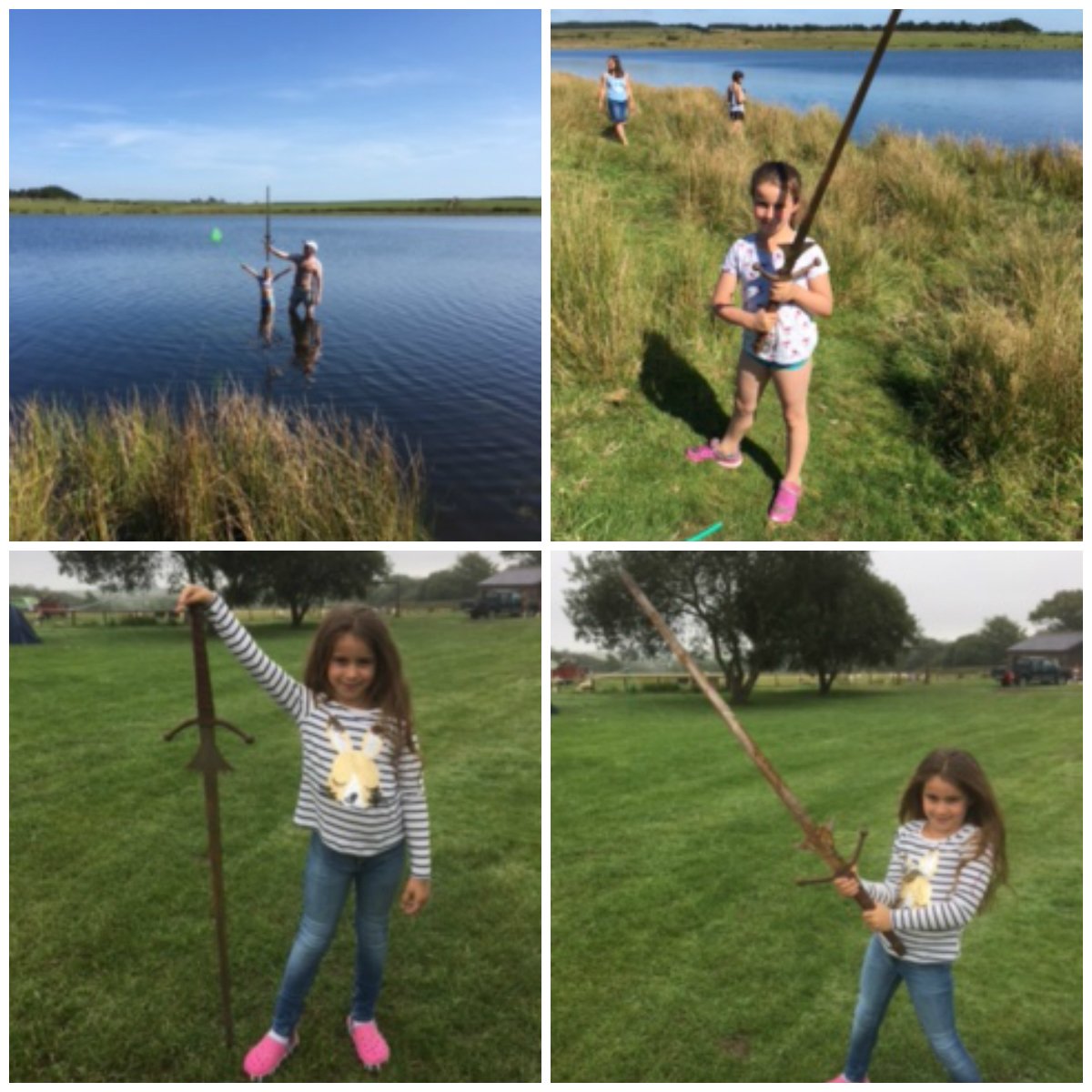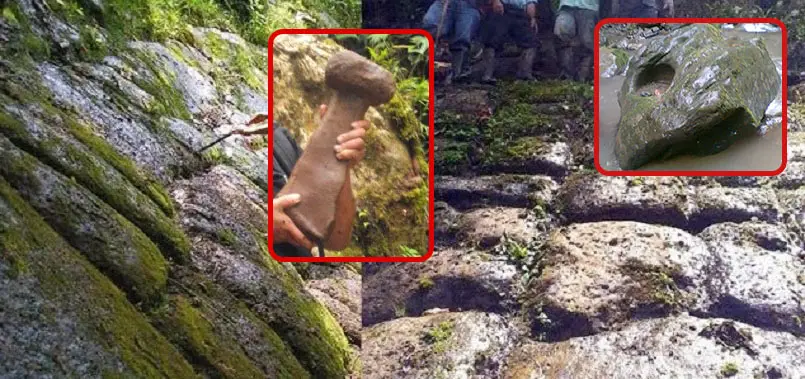This article first seen at ....
stillnessinthestorm.com
Analysis of New Nazca Mummies Alberto, Josefina, and Wawita
http://disclosurebackpack.com

New Info
It has been three weeks since my last article on the anomalous
mummies in Peru. Since then, Gaia has continued their research coverage
with two updates (
update 4 and
5) and an English subtitled
video
of a July 11 press conference held in Lima, Peru. These videos touched
upon some of the issues I brought up regarding the larger mummy, Maria,
and the smaller headless body, Victoria. They also disclosed two
additional small bodies similar to Victoria, and what appears to be a
baby of the same species as Maria.
Still Reserved About Smaller Bodies
In my
previous article, I pointed out aspects of the smaller body, Victoria, which led me to cautiously doubt that it was ever a living being.
Update 4
introduced two additional small bodies, which were given the names
Alberto and Josefina. The new information presented has not eased my
doubts.
Arms
These two new smaller bodies are very similar, and I will focus my
attention on Josefina. She has attracted a lot of interest because of
the bulging lower abdomen, which x-rays have shown contain three
egg-shaped objects. There is also an anomalous metal plate over the
chest. With the current lack of available information at this early
stage of research, I feel I would only be able to blindly speculate on
the eggs and metal plate. I would like to avoid doing so, and instead
focus on other aspects which I feel I can analyze, like Josefina’s upper
arm bones (humeri). Before examining them, acquaint yourself to human
humeri. Notice the bilateral symmetry (one humerus is a mirror
reflection of the other) which is common to vertebrates.

Now, let’s look at an x-ray of Josefina. You will notice that one
humerus is narrow and ends abruptly as if it were broken to a desired
length. The other humerus has a natural flare near the elbow. Josefina
lacks the bilateral symmetry which would be expected if it were once a
living being.

source compilation of images from Gaia with additional text and graphics
I had
previously
made note of Victoria’s problematic lack of radius and ulna bones in
the forearms and tibia and fibula bones in the lower legs. Five days
later, in
update 4,
I saw that this was also noted by musculoskeletal radiologist M.K.
Jesse. Several people have claimed that this is a reptile trait. I would
like to clarify that it is not a reptile trait — reptiles, along with
other four-limbed vertebrates (tetrapods), also have two bones in the
forelimbs, as can be seen in the following picture comparing Josefina
with a reptile, the Gharial.


